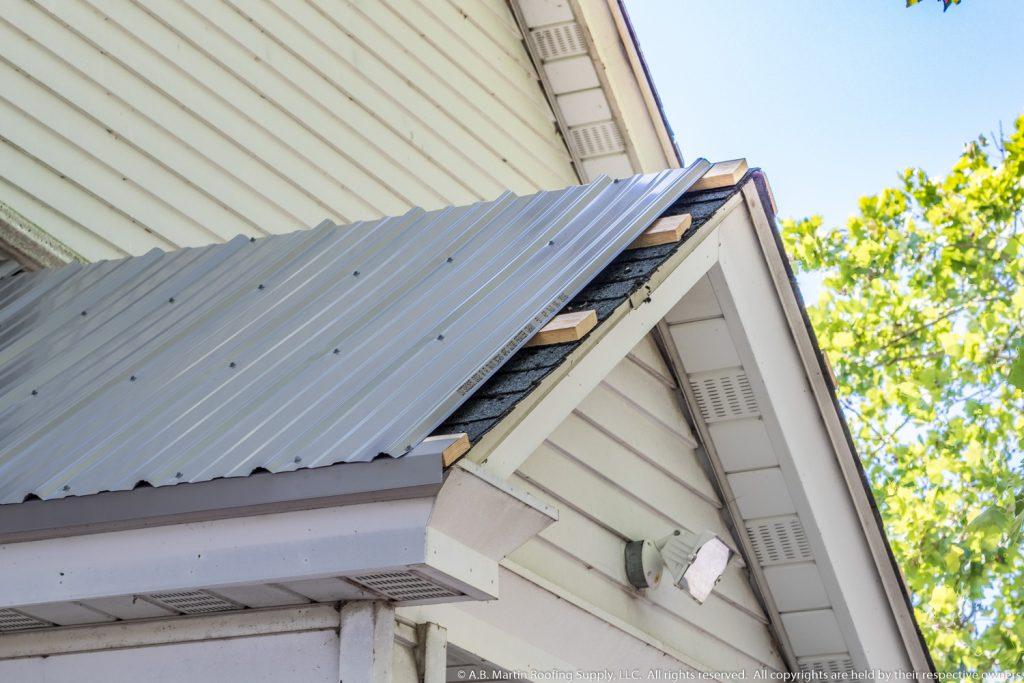When it comes to re-roofing your home, one option gaining popularity is installing a metal roof over existing shingles. This approach offers several advantages, but it also comes with its set of challenges. In this article, we’ll explore the pros and cons of metal roofing over shingles to help you make an informed decision for your roofing project.

Pros of Metal Roofing Over Shingles
1. Cost-Efficiency:
One of the primary benefits of installing a metal roof over shingles is cost savings. You can avoid the expense of tearing off the old shingles, disposing of them, and the labor required for the removal process.
2. Quick Installation:
Metal roofing is known for its quick and straightforward installation. Roofers can typically install metal roofing panels efficiently, reducing labor costs and the time your home is exposed to the elements.
3. Energy Efficiency:
Metal roofs often come with reflective coatings that can reduce your home’s cooling costs. This energy efficiency can translate into lower utility bills over time.
4. Durability:
Metal roofs are highly durable and can last 40-70 years or more with proper maintenance. They are resistant to rot, pests, and mildew, which can be issues with traditional shingle roofs.
Cons of Metal Roofing Over Shingles
1. Weight Considerations:
Adding a metal roof on top of existing shingles can add significant weight to your roof structure. Ensure that your home’s structure can support the additional load.
2. Trapped Moisture:
Installing metal roofing over shingles can trap moisture between the two layers, potentially leading to rot and other moisture-related issues if not adequately addressed.
3. Reduced Insulation:
While metal roofs can be energy-efficient, adding them over existing shingles may not provide the same level of insulation as a complete tear-off and replacement.
4. Limited Aesthetic Options:
The existing shingles may affect the appearance of your metal roof. Additionally, if you ever decide to change the roofing material in the future, it may be more challenging due to the existing layers.
How to Decide
Deciding whether to install metal roofing over shingles or opt for a complete tear-off and replacement depends on several factors:
1. Roof Condition:
If your existing shingles are in good condition with minimal damage or warping, installing metal roofing over them may be a viable option.
2. Budget:
Consider your budget and whether you can afford the additional cost of a complete tear-off.
3. Structural Integrity:
Have a professional assess your home’s structural integrity to ensure it can support the weight of an additional roofing layer.
4. Long-Term Plans:
Think about your long-term plans for the property. If you plan to stay in your home for many years, investing in a full tear-off and metal roofing installation may be the best choice.
Conclusion
Metal roofing over shingles pros and cons, quick installation, and energy efficiency. However, it also presents challenges like weight considerations and potential moisture trapping. Ultimately, the decision should be based on your budget, the condition of your existing roof, and your long-term plans for the property. Consulting with a professional roofing contractor can help you make an informed choice and ensure a successful roofing project.



Leave a Reply